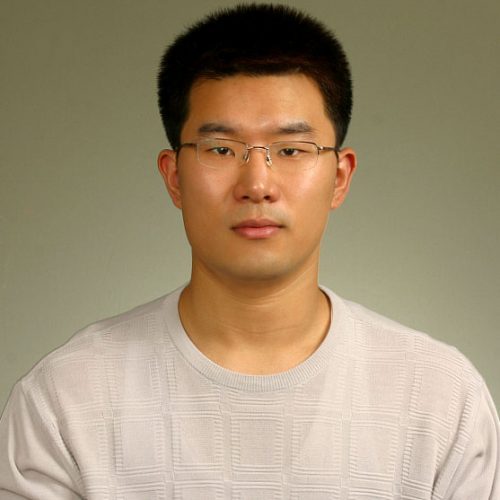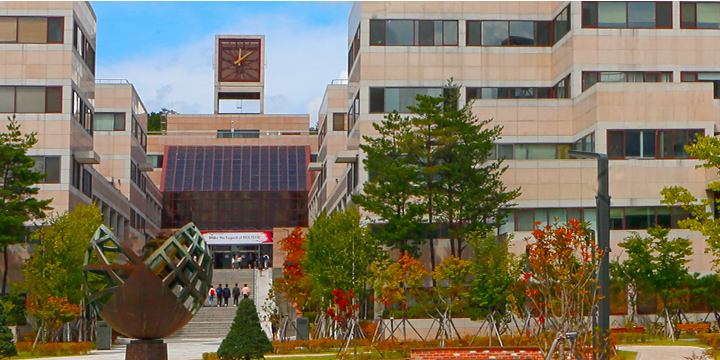
My research area is the topology and geometry of 3-manifolds. The primary objective in topology (or geometry) is to classify manifolds based on their invariants. For example, closed orientable surfaces
are classied by their genera. In the case of 3-dim manifolds, W. Thurston's groundbreaking work, initiated in the 1970s and later completed by G. Perelman in the 2000s, asserts that every 3-manifold can
be decomposed into distinct blocks (much like LEGO blocks), where each block admitting homogeneous Riemannian metrics.1) Thurston further argues that, among them, those that allow the
hyperbolic metric are generic.
For instance, it has been proven that the majority of link complements in are hyperbolic and, once a given link complement is established as hyperbolic, most closed manifolds obtained by Dehn llings
on it are also hy-perbolic. Considering that every closed 3-manifold can be obtained from a Dehn lling on a link complement, one may infer that, in some sense, the majority of 3-manifolds are, in fact,
hyperbolic.2)
However, unlike the surface case, in the 3-dim scenario, the hyperbolic structure for each given manifold is essentially unique, that is, it is unique up to isometry.
Thanks to this, the volume becomes not only a geometric but also a topological invarianfor a 3-manifold, thus offering a chance to classify 3-manifolds based on it. Among the numerous questions that one may consider, I am particularly interested in classifying hyperbolic 3-manifolds by their volumes. For instance, it is known that there are only nitely many hyperbolic 3-manifolds of a given volume, but
it remains uncertain whether all of these 3-manifolds with a fixed volume can be fully classied. More fundamentally, one may further inquire as to why two manifolds possess the same volume.
(The prevailing belief is that two hyperbolic 3-manifolds with equal volumes are related through scissors congruence, meaning one can transform one manifold into the other through a cutting and
pasting procedure.) Moreover, there is an opportunity to pursue a classication problem with a more general notion of volume such as complex volume or pseudo complex volume.
My current goal is to classify 3-manifolds by pseudo-complex volume. For instance, I recently completed the classication of Dehn llings of any two-component link complement using it, and my current
project involves generalizing this approach to any n-component link complement.
In a prior achievement, I presented a proof for the finiteness of hyperbolic 3-manifolds with bounded volume and trace eld degree. This resolved a long-standing conjecture in the field of
low-dimensional topology, which had remained unsolved since the 1990s.
─────────────────────────
1) Hence one can study the topology of a 3-manifold via this geometry. Prior to this, no successful attempts had been made to classify 3-manifolds in a topological manner.
2) It is worth noting that every surface of the genus greater than or equal to 2 allows a hyperbolic metric, thus extending the philosophy from the 2-dim to the 3-dim.










 ?php echo aslang('alert','is_login_service'); ?>
?php echo aslang('alert','is_login_service'); ?>




.png)











